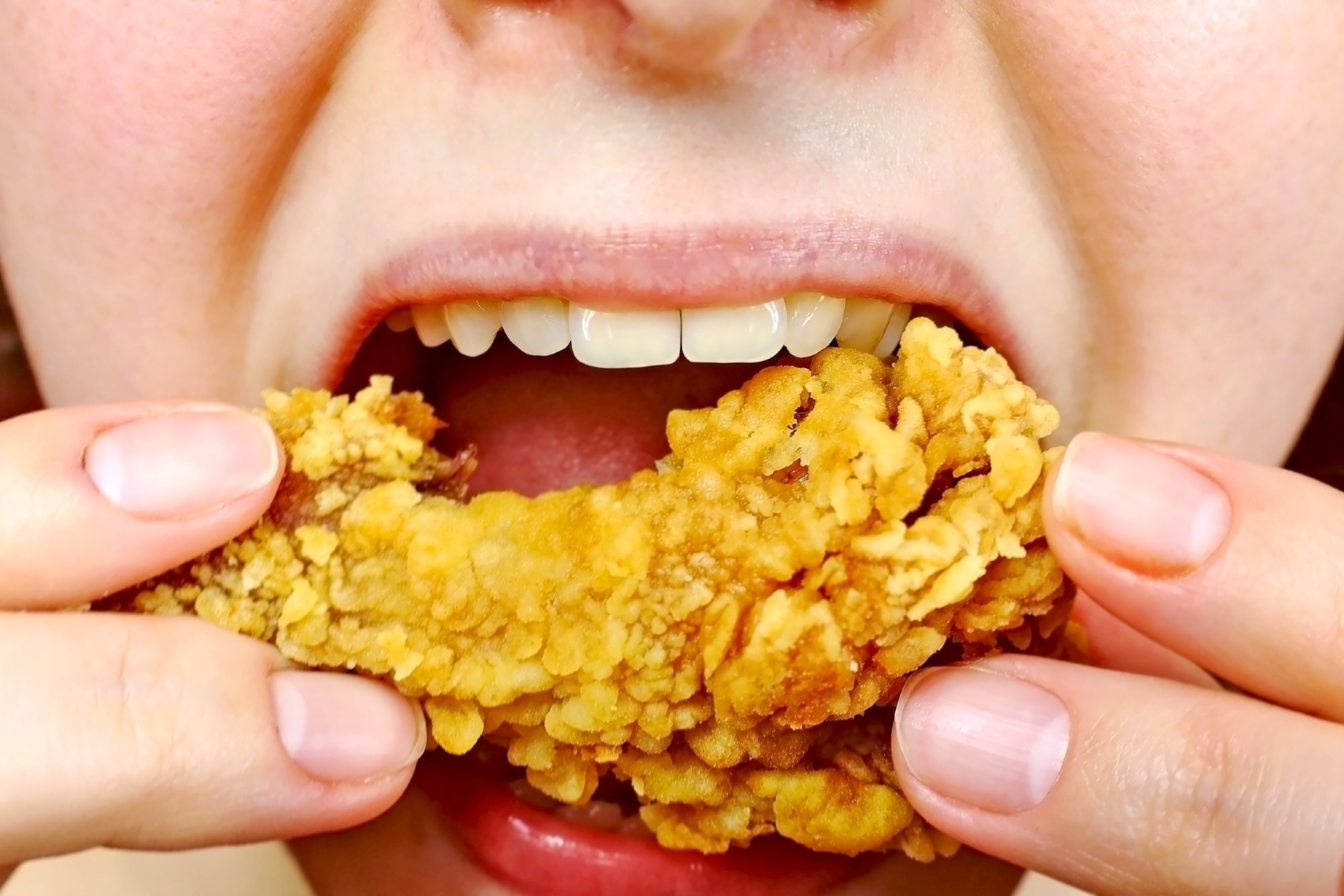What’s the skinny on UPF vs minimally processed diets? Weight loss possible on ultra-processed and minimally processed diets Minimally processed foods led to nearly double the weight loss Both groups followed UK’s Eatwell Guide without calorie restriction MPF diet linked to lower energy intake and fat mass reduction Industry urged to reformulate or embrace minimally processed trend It turns out consumers can lose weight on a diet of ultra-processed food. That’s what the latest research into UPF suggests.
In fact, whether eating a diet of UPF or minimally processed food (MPF), weight loss can be achieved. But significantly more kilos can be shed when sticking to whole foods and scratch cooking, finds fresh research out of University College London.
Weight loss is possible on a diet of ultra-processed food In the study, two groups of overweight people ate diets that adhered to the national dietary guidelines – in this case the UK’s Eatwell Guide. One group followed a UPF diet, the other MPF.
What is UPF and MPF? There is no single definition of highly-processed food.
However, the best known – the Nova classification system – defines ultra-processed food (UPF) as food made from ingredients extracted from foods, such as oils, fats, sugar, starch and proteins, or else made from processed food fractions, like modified starch or hydrogenated fats.
These products are usually convenient, require little to no cooking, frequently include additives, and tend to be high in sugar, fat and salt.
Minimally processed food (MPF), on the other had, refers to food that has undergone minor industrial processes without significantly changing their composiiton or nutritional value. Such processes could include cleaning, grinding, drying, freezing, or fermenting.
Both groups were told to eat as much or as little as they wanted and not to limit their intake.
For those eating UPFs, both weight and body mass index (BMI) had dropped after the eight-week trial period. Participants in this group lost an average of 1% of their weight – and are thought to have consumed around 120 fewer calories per day.
The outcome is surprising, not least to the researchers themselves, who were expecting the UPF diet group to gain weight, not lose it.
Minimally processed foods trump UPF diet But the real winner here is not UPF, it’s MPF. Participants following a minimally processed diet lost almost twice as much weight as those on the UPF diet.
For a study that’s regarded the longest experimental study of a UPF diet to date, these findings are significant.
Those on the MPF diet lost 2% of their weight on average, which included a higher proportion of fat mass. It’s thought this group consumed 290 fewer calories per day throughout the trial.
So what does all this mean? Ultimately, when following recommended dietary guidelines, opting for minimally processed food over its ultra-processed counterparts could help consumers lose more weight.
Also read → Why ‘minimally processed’ is the next big thing in snacks Dr Samuel Dicken, first author of the study from the UCL Centre for Obesity Research and UCL Department of Behavioural Science, admits a 2% reduction in body weight doesn’t sound groundbreaking. But if the trial were extended to 12 months, they’d expect to see a 13% weight reduction in men and a 9% reduction in women on the MPF diet.
Conversely, on the UPF diet, the researchers would forecast a 4% weight reduction in men and a 5% in women.
What is it about UPFs that impacts weight? The question then is: why? What is it about an MPF diet that encourages greater weight loss compared to a UPF one?
The weight changes could be attributed to one (or more than one) of a few factors, including nutrient composition, texture, energy density and eating rate.
The UPF diet was more energy dense than the MPF diet in the trial, for example. This is also the case in real life, where ‘healthy’ UPFs have more calories than ‘healthy’ MPFs in the UK.
It’s thought that consumers eat UPF faster than they eat MPF – is that making them consume more calories on a UPF diet? (Image: Getty/Mykola Sosiukin) It’s also suspected that consumers eat UPF faster than they eat MPF, which can lead to greater energy intake. That could be another contributing factor.
More research into UPF is required to truly understand what, if any, element of processing could be responsible for poor health outcomes (or at least lower weight loss than a diet of MPF).
Further research is also needed to understand why participants on a UPF diet lost weight (when previous research suggested they wouldn’t) – let alone an average of 1% over eight weeks.
What the findings mean for industry and consumers Researchers suspect that the UPF group lost weight because for that eight-week period, participants were following the Eatwell Guide.
Before starting the trial, participants tended to fall outside national nutritional guidelines and consumed an “above average” proportion of UPF, explains senior author and professor Rachel Batterham from the UCL Centre for Obesity Research.
And so what’s the recommendation? According to Batterham, the best advice for consumers is to stick as closely to nutritional guidelines as they can by moderating overall energy intake, limiting intake of salt, sugar and saturated fat, and prioritising high-fibre foods such as fruits, vegetables, pulses and nuts.
The researchers recommend consumers prioritise high fibre foods, like pulses. (Image: Getty/Janine Lamontagne) The professor also suggests consumers choose less processed options such as whole foods and cook from scratch, rather than ultra-processed foods or ready meals.
For industry, the challenge is to meet these evolving expectations. Reformulating products to reduce salt, sugar and saturated fat while increasing fibre is one route. Another is to embrace the minimally processed trend and innovate accordingly.
Whether through reformulation or reinvention, the goal remains the same: to support healthier choices and better outcomes.

